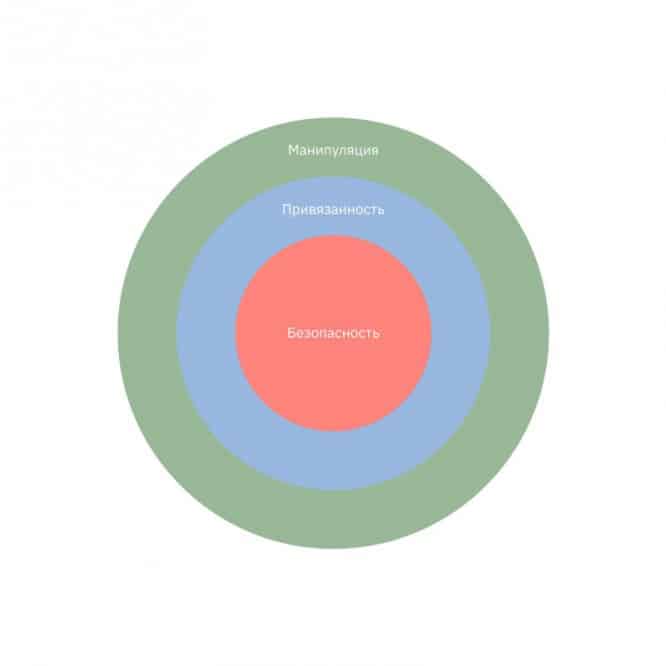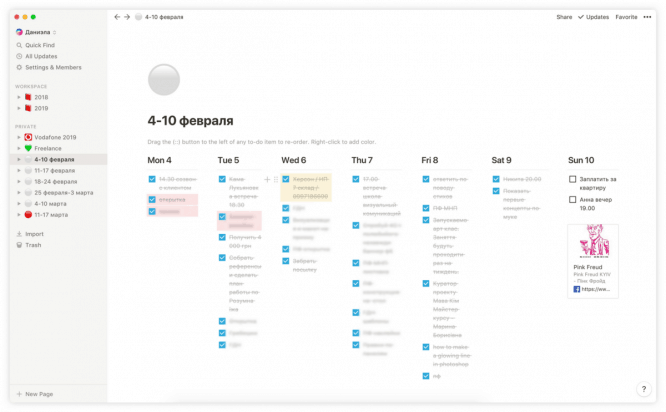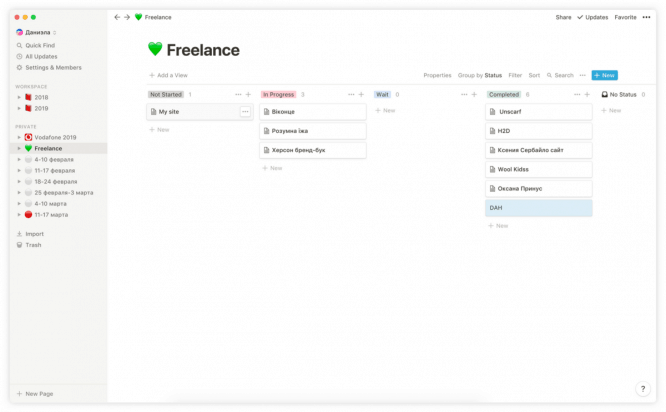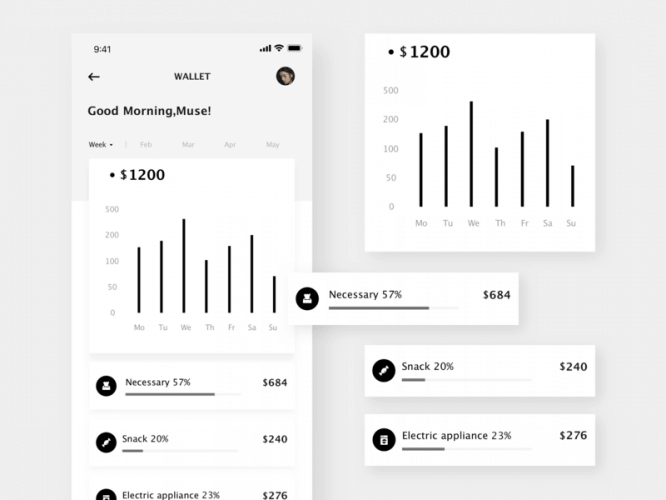“And the clock is ticking”: Time management for a designer
“And the clock is ticking”: Time management for a designer
Let’s define what time management is and why you need it. Usually this means managing and organizing time in order to find a free moment. But no matter how hard we try, each and every one of us has only 24 hours. Every day we are busy trying to cram the maximum number of tasks, tasks, work, rest, sleep, eat, etc. into them. The problem is usually that the expected number of cases rarely matches the real one, so we feel uncomfortable.
What to think about before starting time management?

It is worth thinking about the basic needs of a person. Each of us has three basic needs that determine how we will contact the outside world – building security, attachment and manipulation. Let me give you an example: when we come to work, the first thing we do is try to satisfy our safety – a comfortable workplace, no unnecessary noise. Next, we are trying to build trust in the team. Only then can we comfortably work with people, delegate tasks to them, ask for something, and conduct typical work communication. If this cycle is somehow broken – noise at work, inability to talk with colleagues – we will feel discomfort and in such conditions it is too early to talk about time management. It is also worth considering inductive and deductive methods. Simply put – from the general to the particular and from the particular to the general. This is what you will mostly do when organizing your time. To do this, you need to determine the main life goals, strategic goals for 5 years, year, month, week and day. When you try to organize your own time, you will need to constantly move from an hour plan to a daily plan, from a month plan to a year plan, and vice versa. For each scale, I have developed control mechanisms.
24 hours

1. Important urgent tasks. Do it right away and in agony. 2. Important but non-urgent tasks.Comfortable operating mode; 3. Urgent but unimportant tasks. Delegate; 4. Non-urgent and unimportant tasks. Kill such tasks as you never will.
…
The plan for organizing your own time should start at 24 hours. To do this, I use Notion and the default Calendar app on my iPhone. I’m not a fan of organizing every minute, so I prefer to adjust my work plans every morning as needed and change the priority of tasks depending on the real progress of things. To determine the real priority, one should understand how the Eisenhower Matrix works. Planning by planning, but if a manager comes running to you with a burning task, in any case you will be doing a burning task. This is a given that must be accepted and understood. The Eisenhower Matrix allows you to recognize how much a manager has a really burning task, if there are no obvious signs of fire or smoke. In fact, the matrix itself does not solve the problem of your planning in any way, it only gives an answer to the question of priority. The principle of operation is simple: any task can be important and urgent, important and non-urgent, unimportant and urgent, or unimportant and non-urgent. Do an important and urgent task immediately and in agony (this mode of operation should be avoided). An important and not urgent task is the most comfortable working mode. An unimportant and urgent task – we delegate. An unimportant and non-urgent task – we kill, because we will never do it.
Don’t forget that time management shouldn’t limit you, but should make your life easier. I also recommend using Pomadoro or a regular timer in order to better understand how much time you spend on tasks of the same type.
7 days

I also organize my work week in Notion, but this can be done in any application convenient for you, even in a notebook. The point is to sketch out a rough plan of action. Thus, during the working week, it will be even easier for you to weed out important tasks from unimportant ones, and urgent ones from non-urgent ones.
Month

I use a kanban board to organize my work month. I’ll tell you a little background. There is a system for organizing the production and supply of kanban, which allows you to implement the principle of work “just in time”. The word “kanban” in Japanese means “billboard, signboard”. The kanban system was developed and first implemented in the world by Toyota. In 1959, this firm began experimenting with the kanban system and in 1962 launched the process of converting all production to this principle. With this approach, the entire development process is transparent to all team members. Tasks are entered into a separate list as they become available, from which each developer can retrieve the required task.
How to implement this? I created two kanban boards for myself. One is responsible for my work projects, the other for my freelancing. Thus, I can quickly track what status of which project, when to write to the manager and when to strain. In my case, the entire system is built on the Kanban board, since it gives rise to a plan of tasks for the day and week.
As tools, I recommend using Trello or Notion, but in fact, you can implement this board in any way convenient for you. You may find it more convenient to work with a magnetic board and sticky notes, or keep a personal diary, writing down your tasks.
The prospect of several years
Planning your day and month is always based on planning your year. At the end of the year, I summarize the past year – I go through my kanban boards, plans for the week, diaries and draw conclusions about whether this year has been productive and make a list of goals for the next year. Having plans for 5 years is also a good idea, as it will allow you to better understand if you are moving in the right direction and where you should push now.
And why is this all?
We cannot squeeze into the time allotted to us more things, rest, meetings, leisure and everything that we would like to do so much. All that is in our power is to organize the time that we have to do what we would like.
Source: DesignKabak
…


